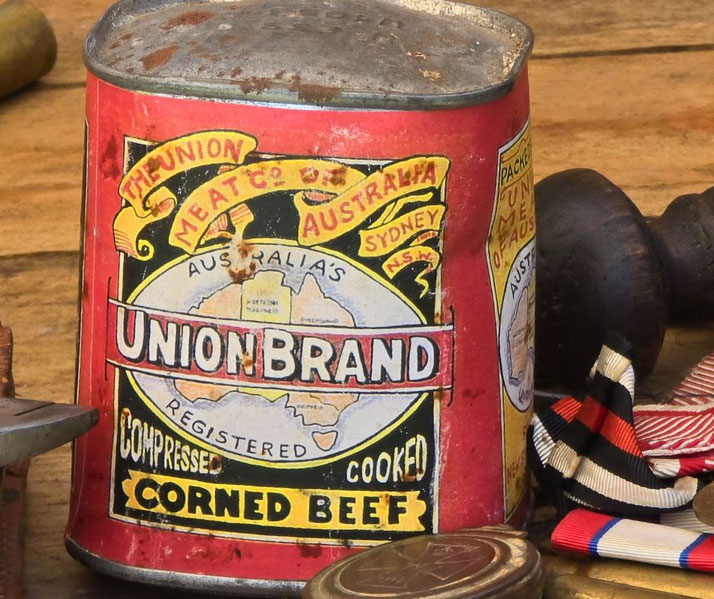From maggots to marmalade: The gross and unappetizing foods of WWI trench warfare

Food has always played a crucial role in warfare, providing sustenance and comfort to soldiers in the midst of chaos and uncertainty.
However, the food of WWI trenches was particularly horrid and unappetizing. However, soldiers often had little choice about what they could eat in order to survive the harsh realities of trench warfare.
Why was food in WWI trenches so bad?
One of the most repulsive aspects of trench warfare was the constant presence of maggots in the food.
The unsanitary conditions of the trenches made it incredibly easy for flies to lay their eggs on meat and other perishable foods.
This led to frequent infestations of maggots.
However, rather than discard the contaminated food, soldiers were often forced to consume it in order to avoid starvation.
In fact, maggots were sometimes even considered a good source of protein. There are reports that at times, they were intentionally added to soups and stews.
Another unappetizing aspect of trench food was the lack of variety. Soldiers were often given rations that consisted mainly of canned goods.
This included such as corned beef, biscuits, and tinned fruit.
These foods were not only bland but also lacked essential nutrients. This could become a much larger problems as it could lead to malnutrition and other health problems.
To combat these problems, soldiers started to become quite inventive in their solutions.
They would often find substitutes to allay both their hunger and their boredom.
Here are some of the most unsettling solutions they found...
Rats
Rats were a common sight in the trenches. They were terrible pests, as they could try to bite soldiers at night, when they were asleep.
As a way of reducing their number, soldiers sometimes caught and ate them as a source of protein.
They were typically roasted or boiled and eaten with whatever spices or seasonings were available: which was often nothing at all.
Bully beef
Bully beef, or corned beef, was a staple of soldier's rations during WWI. Provided in cans, it was often of poor quality and had a tough, chewy texture.
Because it could be quite hard, soldiers sometimes grated it and mixed it with other ingredients to create a type of stew.
This is where the rat meat would also come in handy: mixing the two together gave a variety of flavours and textures.

Maconochie Stew
Maconochie stew was a canned meat and vegetable stew that was also a common part of British soldier's rations during WWI.
However, it was notorious for its unappetizing flavor and texture and was often referred to as "dog stew."
It could also be added to the rat and Bully Beef concoction.
Trench cake
But not all foods were of the savoury variety. There were attempts by the army leadership to provide some kind of sweets to the men.
In particular, there was a food stuff called 'trench cake'. This was a type of cake that was made by people on the home front to send to the soldiers in the trenches.
It was made using whatever ingredients they had available, such as flour, sugar, dried fruit, and condensed milk.
Since there was food rationing back at home as well, these cakes were often missing key elements that we would associate with a good, sweet treat.
In addition, it was typically baked in a tin.
The end result was a dense, heavy textured cake that had little or no flavour.
However, after surviving on tinned meat for so long, the men were often very happy to have something that was a little different, no matter how bland it was.
Jammy bread
The other treat soldiers were sometimes given was a kind of jam or marmalade.
But, as you can probably expect by now, it was often of poor quality. Once the tin was opened, it also quickly became contaminated with dirt and debris.
To make it more palatable, soldiers would sometimes spread it on bread and fry it in rat fat or lard.
The resulting dish, known as "jammy bread". This was greasy and unappetizing, but at least it was slightly more flavorful than plain bread.
What do you need help with?
Download ready-to-use digital learning resources
Copyright © History Skills 2014-2025.
Contact via email
With the exception of links to external sites, some historical sources and extracts from specific publications, all content on this website is copyrighted by History Skills. This content may not be copied, republished or redistributed without written permission from the website creator. Please use the Contact page to obtain relevant permission.





